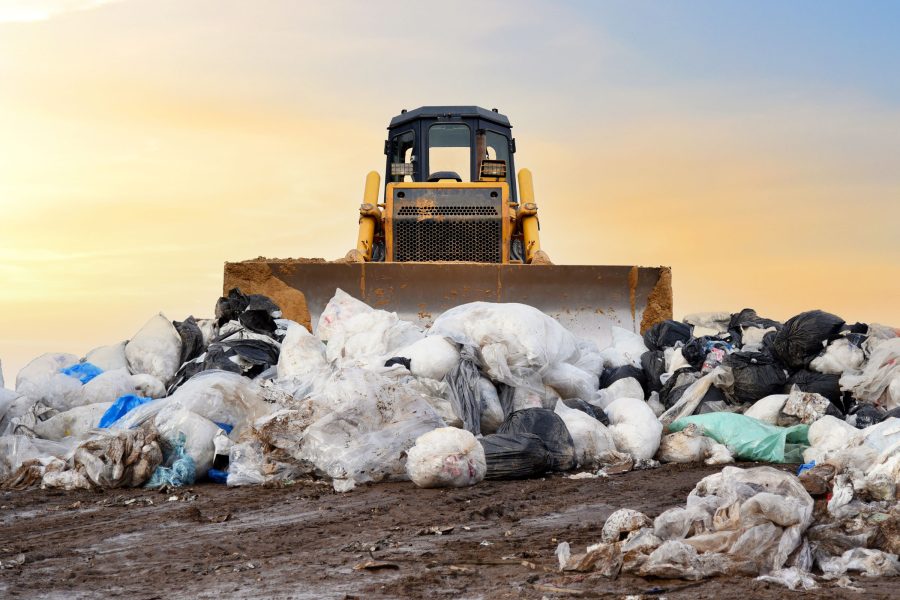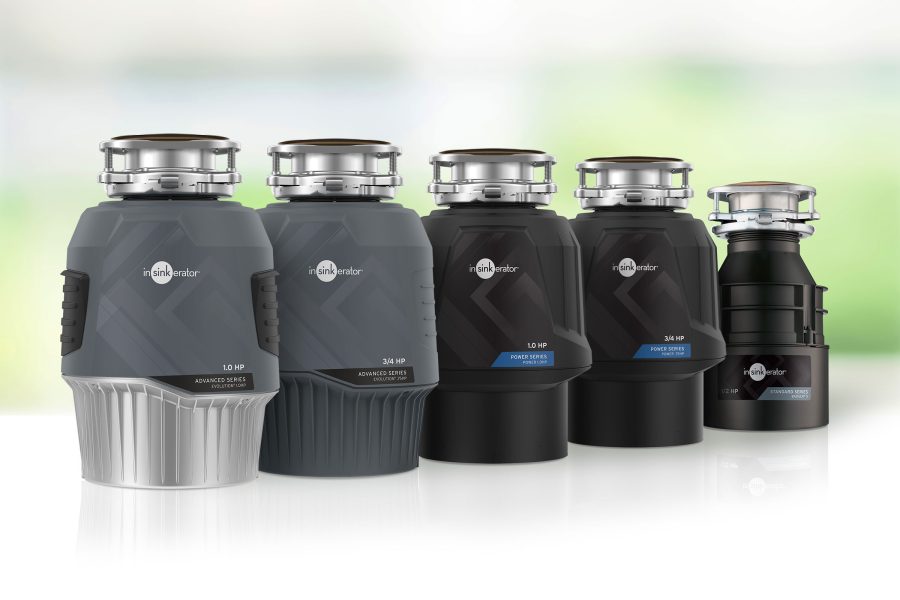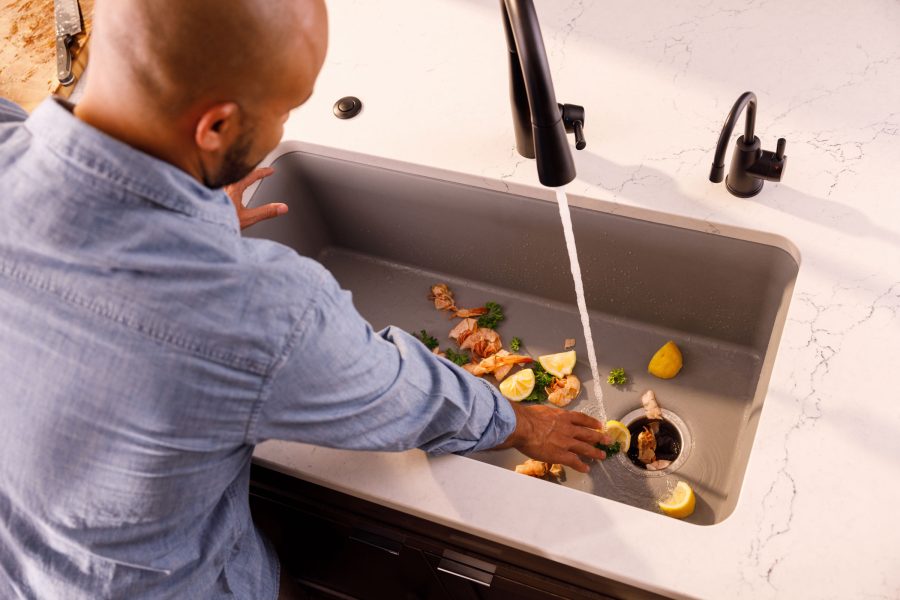Story at a glance:
- Government initiatives are forging a path to more sustainable food waste diversion alternatives.
- In 2019 an estimated 66 million tons of food went to waste in the US, according to the EPA.
- InSinkErator recently launched disposal lines with re-engineered MultiGrind technology.
As landfills become oversaturated, technology is being developed to sustainably divert food waste. This couldn’t come too soon, as more than 20% of the approximately four-and-a-half pounds of trash that the average American generates per day is food, according to the EPA. Only about one-third of that is recycled or composted.
After the USDA and EPA released the US 2030 Food Loss and Waste Reduction Goal in September 2015, the White House, along with the EPA, USDA, and FDA, launched the National Strategy for Reducing Food Loss and Waste and Recycling Organics in June 2024. The effort lays out a path for the US to meet its national goal of reducing food loss and waste by 50% by 2030. The strategy aims to reduce greenhouse gas emissions, save households and businesses money, and build cleaner communities by reducing food loss and waste.
“According to the latest numbers by the EPA in 2019, an estimated 66 million tons of food is going to waste in the US, not including industrial waste,” says Casey Furlong, environmental specialist at InSinkErator. “Approximately 60% of this is coming from commercial, and 40% from residential.”
What Can Be Done?

When landfilled, food waste produces methane, which is 28 times more potent than carbon dioxide. Photo courtesy of InSinkErator
The good news is that wastewater treatment plants can convert disposal waste into renewable energy and beneficial fertilizer. Using a garbage disposal in conjunction with wastewater treatment without anaerobic digestion can lower Global Warming Potential (GWP) by at least 50% compared to landfills, according to the Life Cycle Assessment report by PE Americas. And if the community uses an advanced wastewater treatment plant, GWP is lowered by at least 90% compared to landfills.
“The federal government is looking to divert food waste from landfills and repurpose it,” Furlong says. “We can recover water in food and, with anaerobic digestion, we can recover natural gas. We also can utilize bio solids from food waste to create fertilizer.”
According to four international Life Cycle Assessment (LCA) studies, using a disposer with anaerobic digestion can be comparable to composting from a GWP reduction. Installing a disposer as part of a new build earns a one point green building credit through the National Green Building Standard, according to the ICC.
To help with the government’s food waste initiative, the InSinkErator brand has made significant investments in its garbage disposal lines over the last three years. “There are major areas where we are innovating,” says Drew Carmichael, director of product development, strategy, and innovation. “First is the quality of the grind and what can be put in the disposal. We’re always finding new ways to make food waste into a slurry that can be transported to wastewater treatment plants.”
Sustainable Solutions

Image courtesy of InSinkErator

InSinkErator garbage disposals are inherently green tech. Photo courtesy of InSinkErator
InSinkErator has launched multiple product lines that address various types of end users and their needs. “Core to that strategy is incorporating multiple levels of grind with our MultiGrind® Technology to grind food waste into finer particles,” Carmichael says.
InSinkErator brand’s Badger series disposers have one stage of grind. The Power series offers additional horsepower, along with a second stage of grind. Finally, the Advanced Series adds even more horsepower for up to four stages of MultiGrind Technology.
InSinkErator is also launching products in 2024 that support digestion of septic solids. InSinkErator Boost™ Septic Guard is scientifically proven to break down food waste to support septic systems, providing added assurance to homes on a properly maintained septic system. “The new product can break down pipe buildup and helps reduce sink odors,” Carmichael says.
On the commercial side InSinkErator is also helping businesses, stores, restaurants, hospitals, and universities meet their sustainability goals. The Grind2Energy® food waste recycling system was developed for large generators of food waste. It’s currently being used at Ohio State University, Notre Dame University, Gillette Stadium, and Whole Foods Markets. “It provides a more sustainable solution to dispose of large amounts and all types of food waste, including grease and oils,” Carmichael says.
The Grind2Energy system is the only full-circle, closed-loop food waste recycling system of its kind. “Food is put in a large disposal and ground onsite, then pumped into a holding tank before being trucked to an anaerobic digester,” Furlong says.
Once at the anaerobic digestion facility, methane is removed from the energy-rich slurry and turned into renewable energy. The remaining biosolids are turned into nutrient-rich fertilizer to help grow more food. “To date Grind2Energy has helped divert more than 112 million pounds of food waste from landfills,” Furlong says. “The fugitive methane resulting from landfilled food waste is 28 times more potent than carbon dioxide’s contribution to climate change, according to the EPA.”
On the residential side InSinkErator conducted a study in five cities to measure food waste. It found that about 30% of household food waste was diverted from landfills using disposals. “If disposals were not yet invented, this is the perfect time for them,” Furlong says.

